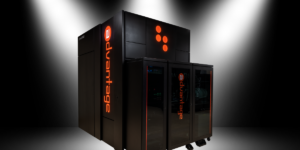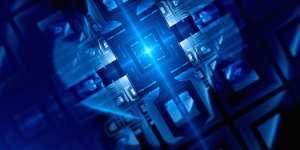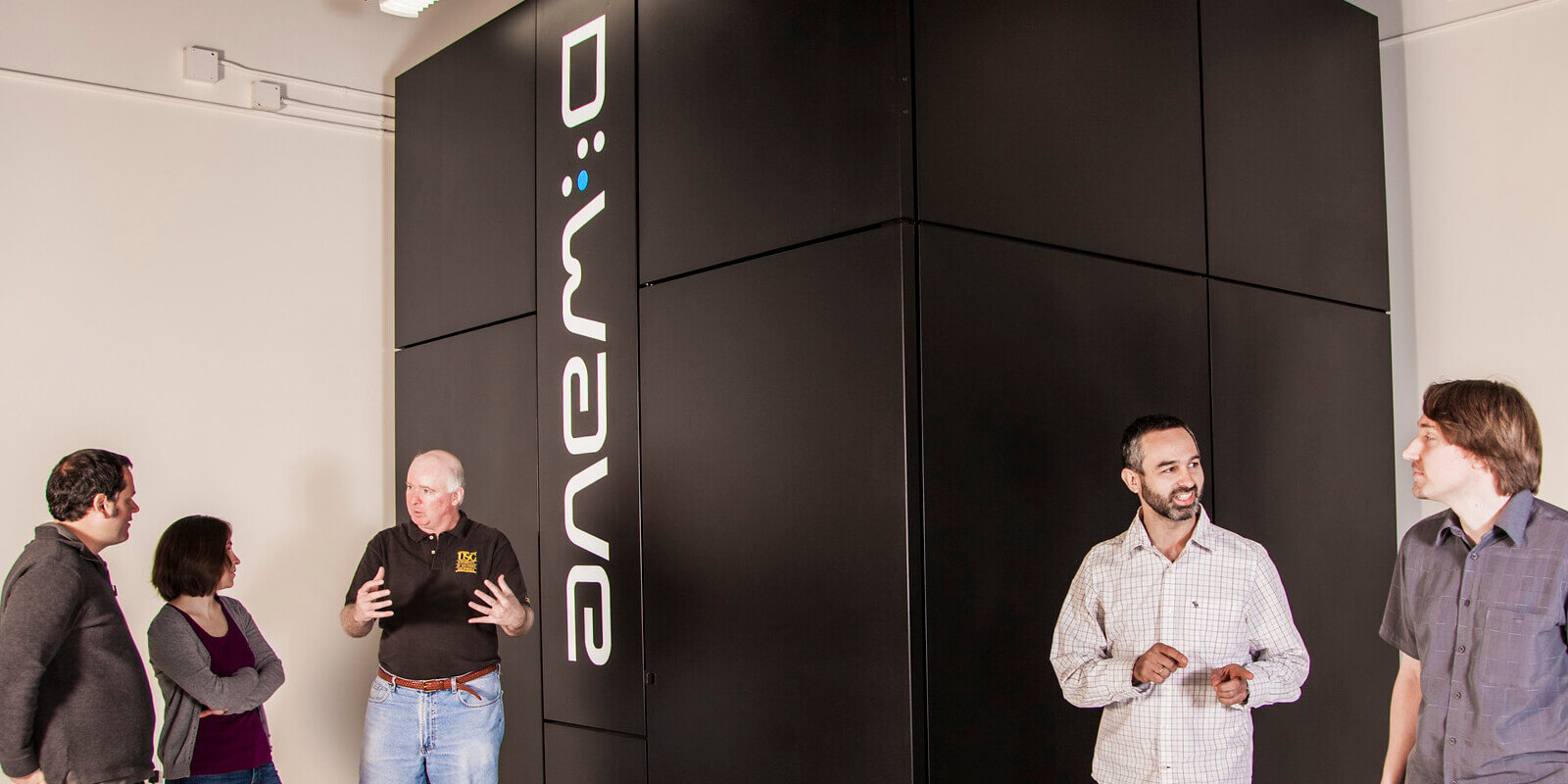
The USC-Lockheed Martin Quantum Computing Center (QCC), the first operational quantum computing center in academia, will soon be in the midst of a major upgrade.
During the past year, several multi-user facilities that contribute to the innovation and educational ecosystem in the USC Viterbi School of Engineering have opened. They include makerspaces to support undergraduates exploring their engineering imagination, the acquisition of state-of-the-art instrumentation to enable research discovery, and the creation of nanofabrication and imaging facilities to invent the technologies of the future.
Taken together, these represent the culmination of nearly a decade of design and construction efforts, thought-leadership by the faculty and staff, and visionary investments from numerous stakeholders and philanthropists. This infrastructure will help USC students and faculty to conduct pioneering research and to bring transformative changes for a better world.
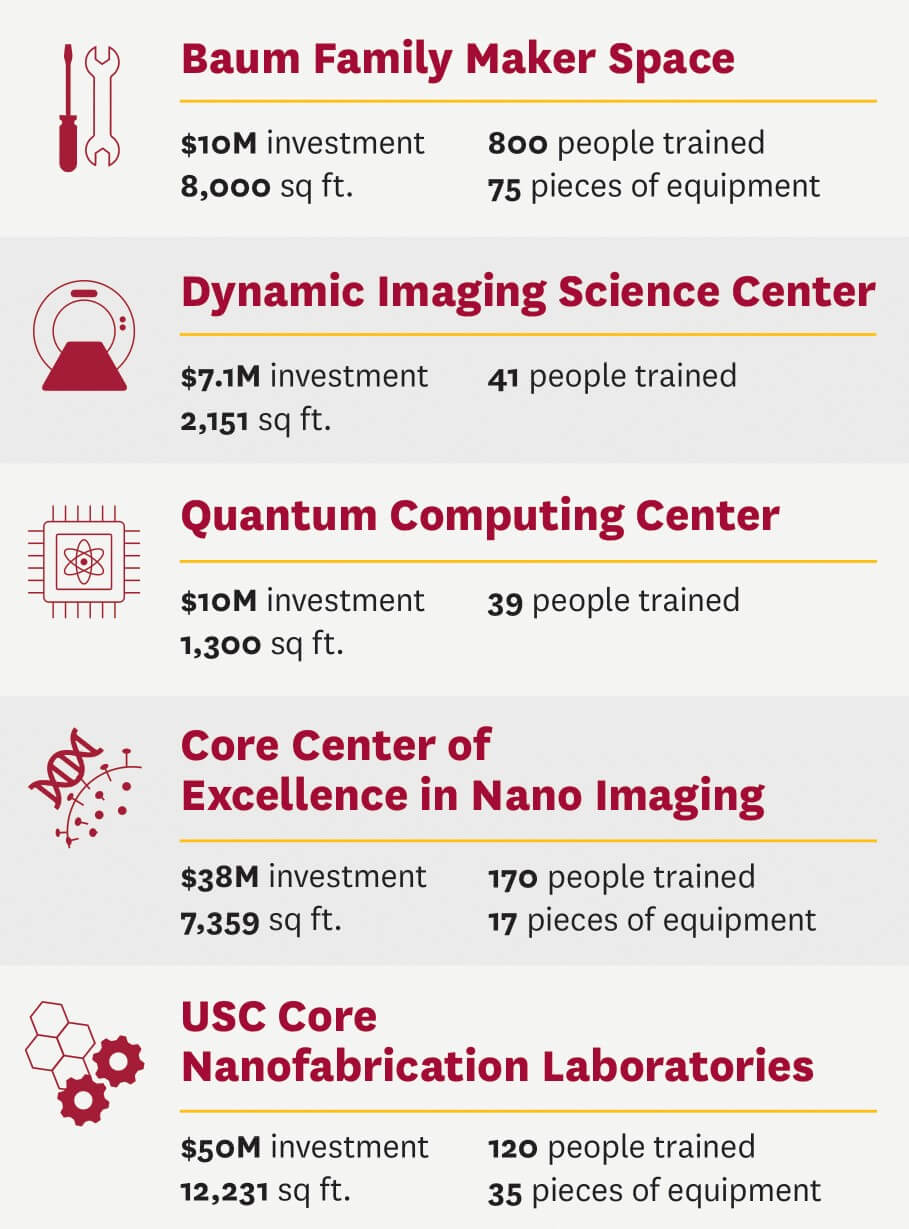
Over $100 million in infrastructure investments enabled these centers of innovation to thrive.
Baum Family Maker Space
Opened in 2021, this engineering design space was catalyzed by a visionary gift from Dwight J. “Jim” Baum, a USC Viterbi School of Engineering Board of Councilors member. The facility enables students to tinker with physical design tools to work on projects for their coursework, independent projects, design competitions and prototyping work.
Student groups that frequent this space include USC Racing, SC Solar Car, Electric Car, USC Rocket Propulsion Laboratory, Chem-E Car, and more.
Dynamic Imaging Science Center (DISC)
A new type of MRI machine was installed in December 2020 in the USC Michelson Center for Convergent Bioscience. In fact, this machine is one of only three of its kind in the world. Known as a high-performance, low- field MRI, it produces better images of certain body parts while more reliably handling patients with implants, in a much quieter environment. It also has the potential to bring MRI technology to communities and facilities that cannot afford traditional MRI machines. This advance was possible by matching support between USC and the National Science Foundation (NSF).
Quantum Computing Center (QCC)
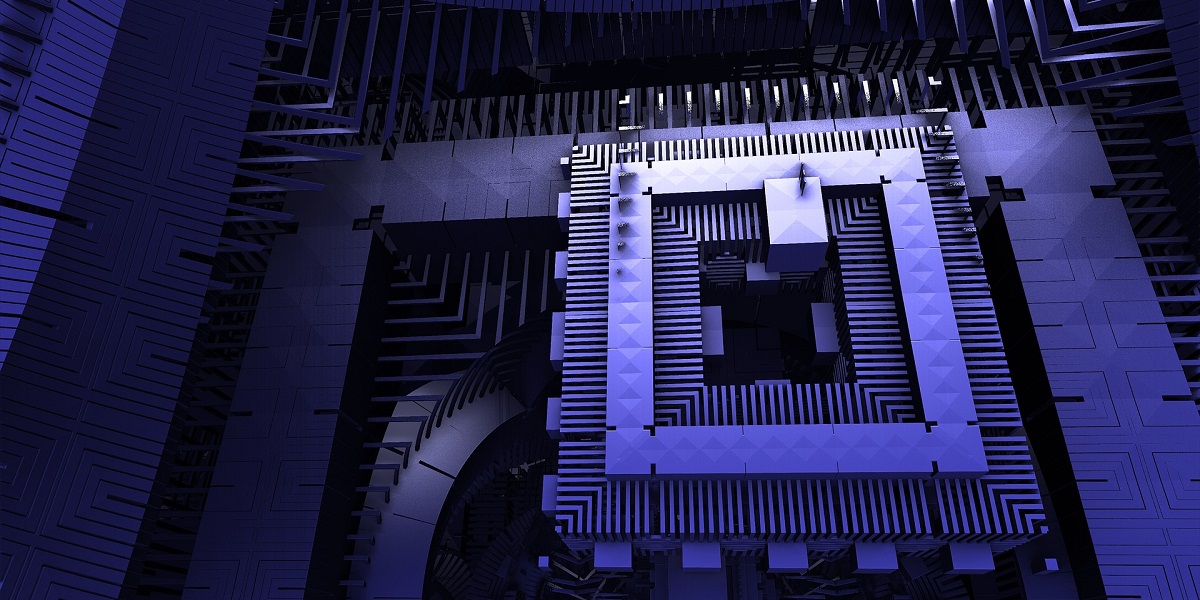
USC’s renewed deal with Lockheed Martin and D-Wave will lead to upgrades at QCC, enabling world-class research on quantum computing.
The USC-Lockheed Martin Quantum Computing Center (QCC), hosted at USC’s Information Sciences Institute (ISI) since 2011, is in the midst of one of the most meaningful upgrades in its history. QCC researchers expect that the next-generation D-Wave platform will enable new breakthrough results in quantum optimization.
Core Facilities in Nanofabrication and Nano Imaging
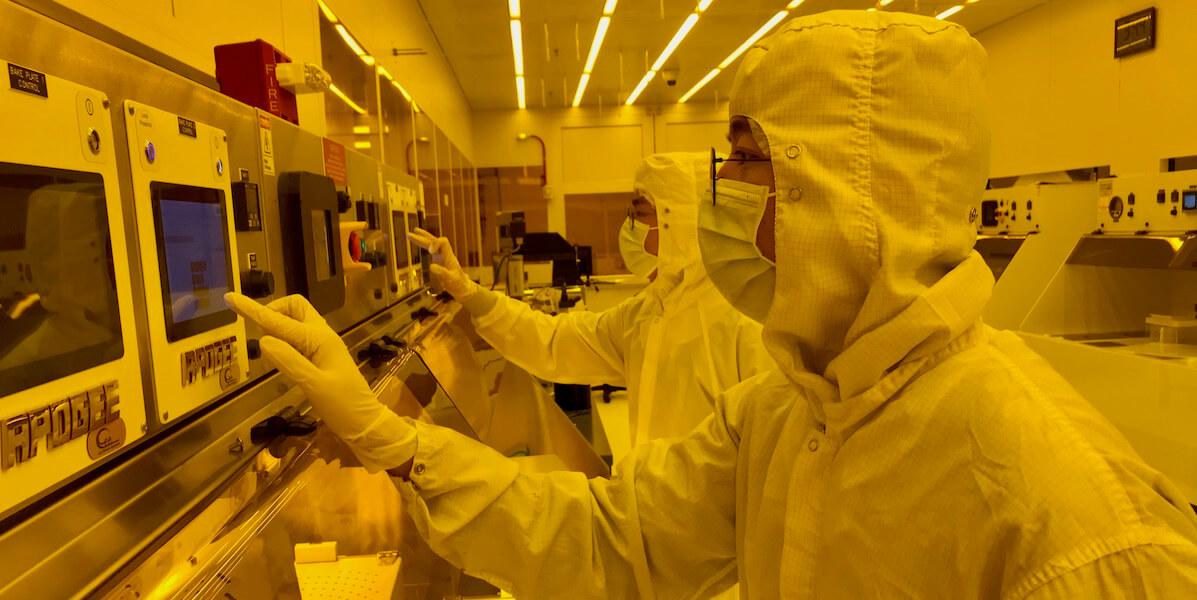
Innovative nanodevices are developed in the John O’Brien Nanofabrication Lab. Photo credit: Joey Vo.
Opened in summer 2021, after nearly a decade of planning, and financial support from numerous industry partnerships, federal grants, and USC, the Core Center of Excellence in Nano Imaging (CNI) and the John O’Brien Nanofabrication Laboratory are co-located in the basement of the USC Michelson Center for Convergent Bioscience.
This pair of flagship imaging and fabrication facilities work synergistically to support innovation and discovery across all fields of nanoscience and nanotechnology. For example, current research being pursued includes imaging protein binding sites to accelerate therapeutic discovery, developing energy-efficient materials, creating new implantable devices for disease mitigation and inventing quantum technologies for improved cybersecurity. The USC Michelson Center supports faculty research from both UPC and HSC campuses as well as USC-based start-up companies.
Published on April 22nd, 2022
Last updated on April 29th, 2022




